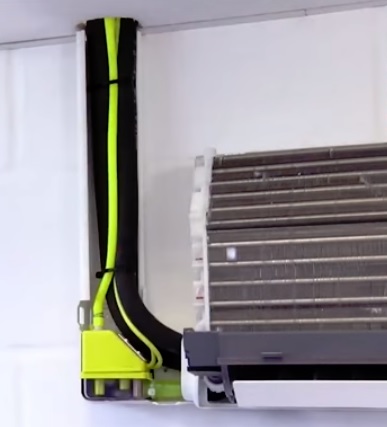
Mini split units can be installed in many different locations including basements or lower elevations than a homes foundation.
When a unit is installed at a lower elevation water condensation can build up and need to be pumped out.
Mini split condensate pumps are necessary anytime water can not be gravity fed out of a home.
There are many types of pumps from units that sit off to the side, to units that fit into the line-set.
Voltage can also be different so be sure to check your mini split manual or get a 115-volt unit that can plug into a wall outlet.
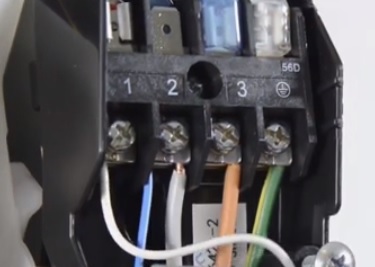
Most pumps are wired into the 115/220 voltage lines that run the inside wall unit.
Of course, be sure to read the manual or call a professional if needed.
Why Do Mini Split Systems Have Condensate?
All HVAC systems, including mini split kits, can have condensation depending on the humidity in the air.
Condensation will form when warm, humid air comes in contact with a cold surface, such as an air conditioning system.
If there is not any humidity in the air, no condensate will form, and no water will drip out.
If the air is humid, water will form on the evaporator and need to drip out of the unit.
Cold or dry climates will naturally have little to no humidity, while hot wet climates will have a lot of humidity.
Even dry climates can have rainy days when humidity levels rise, and water will drip out of a unit.
Why Do Mini Split Systems Need Condensate Pumps?
The majority of mini split systems can gravity feed any condensate water out of the unit.
The exception to this is when the unit is located below ground level and needs a water pump to get rid of the condensate.
This allows for the water to be pumped up and not drain into a home or other unwanted area.
How Do Mini Split Condensate Pumps Work?
A basic pump will have a reservoir the water can drip into.
Once a set point is reached in the reservoir, the pump will turn on and pump the water out.
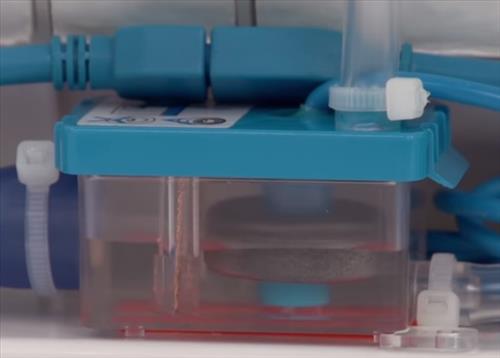
There are variations in the look, voltage, wiring, and so on with the basic function to pump out any water formed by the condensation.
Below are some of our favorite picks for mini-split water pumps.
As always, be sure to read the reviews on Amazon, forums, or elsewhere to be sure a unit is a good fit for you.
*This post contains affiliate links.
Our Picks for the Best Mini Split Condensate Pumps
- Aspen Mini Lime
- Rectorseal 83939 Aspen Mini
- FUJIWARA Condensate Pump PC-320A
- Little Giant Condensate Pump
Aspen makes many good units, including the Mini Lime condensate pump, which is a popular unit that works very well in getting rid of water.
It is built to fit into a line-set cover with the main pump designed to fit into a 90-degree elbow.
The pump itself has a small reservoir that the condensation drips into, and once it becomes full, the pump turns on and pumps out the water.
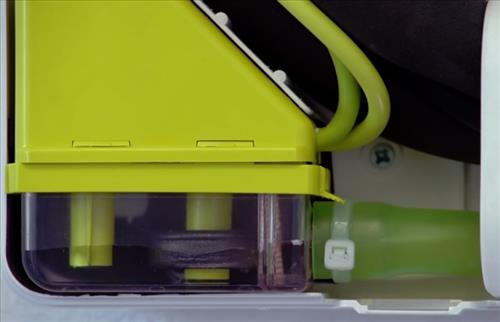
It is a good system used by many to help get rid of water that drips from a mini split.
Aspen also makes this Mini version that sits below a mini split inside wall unit.
A nice cover hides the pump once it is installed.
The water is pumped up through a line that is fed in through an existing line-set.
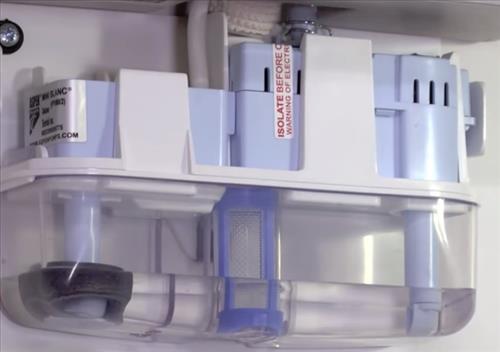
This style is good for those who already have a line-set in place and want a quick install.
The hardest part would be running the drain line through the line-set outside without kinking it.
FUJIWARA makes this good simple pump that works well in many scenarios.
The unit is mounted on a wall below the mini split so water can drip into its reservoir.
The condensation line is fed into the unit and slowly fills up the reservoir.
Once it fills up the water is pumped outside through another water line.
This type of unit is mainly set up to work without the existing mini split wiring or lines.
A nice thing about FUJIWARA pumps is that they are quieter than many other units.
This small unit from Little Giant is a 115 volt 24 Amp pump.
It is a straightforward design that works well ins many scenarios; a small water pump is needed.
Summary
There are many different types of mini-split condensate pumps, all with different styles.
Many will fit directly into a line-set cover that holds everything packed into one location.
Other units are separate and sit off to the side, and are good for retrofit jobs.
Be sure to know the voltage you will be using. While most units will use 115 volts, it is best to know for sure before buying a pump.
Another thing to keep in mind is the water lines need to be run with no kinks, so the water is not blocked.
How quiet a pump is can also matter since some are noisier compared to others.
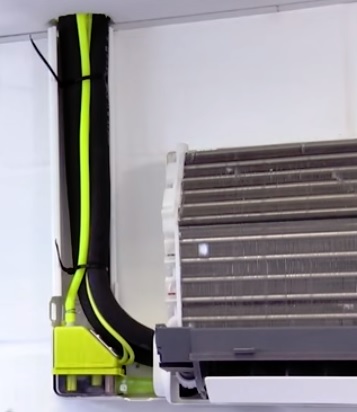
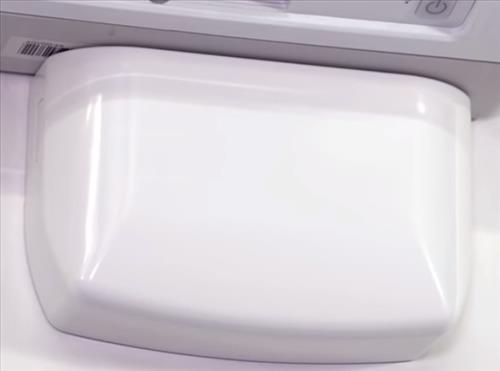
Hartell brand of condensate pumps are the most reliable I know of, and they aren’t even listed. They are quieter than the competition and more robust than little giant
I have an LG Art Cool wall unit that is in my basement office. It has a Reffco Sahara pump connected and it is the worst possible thing ever. It is RIDICULOUSLY loud when it runs, and some days it seems to run almost nonstop! By the end of the day my ears are throbbing and I have a headache from the noise.
Is the Fujiwara the quietest? Since it’s an Art Cool unit I have baffles on the sides and bottom, would it still fit?
I have another I need to put in our theater, but I need a QUIET pump for there, otherwise the thousands of dollars spent soundproofing it is a complete waste.
Just installed a Gobi II on a fujitsu 9000 indoor head. No problems , works great !
I have a noisy pump and it is a nuisance. The floats don’t drop far enough down to substantially drain the reservoir. The pump keeps kicking in and out in 7-8 minute intervals. Hell, it even wakes up my dog. The plastic cover vibrates when the pump is on. Very poor design and the cover is useless for sound control. Which Condensate pump is the quietest?
I have a mini pump installed above the reservoir (3 feet) and after the pump there is no check valve that would prevent the water from flowing back to the reservoir. This allows the pump to run dry which has caused a failure yet in your installation instructions state that if pump is above the reservoir no anti siphoning devise is necessary. (Now any one whom has done this before should know better) the technicians who installed this unit must have interpreted those instructions incorrectly assuming that the unit must have a check valve integral to the pump (WHICH IT DOESN’T) so the pump has failed. once the water leaves the pump there should always be a check valve to prevent the pump from running dry.